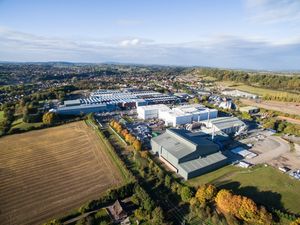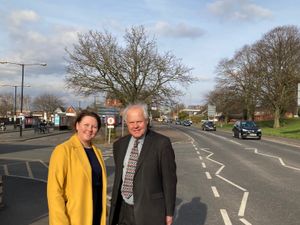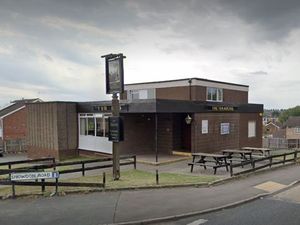Exclusive: Leaked report urges councils to shift housing focus away from green belt
Swathes of the Black Country’s green belt can be saved by building homes in shopping areas and on old industrial sites, a leaked report has claimed.
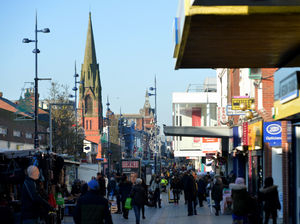
A long-awaited study, commissioned by West Midlands Mayor Andy Street, questions whether councils have made the best use of brownfield sites in the controversial Black Country Plan (BCP).
A leaked copy of the report, seen by the Express & Star, says hundreds of extra homes could be built on sites currently set aside for employment – taking the strain off green belt land allocated for housing.
It also says the “true housing capacity” of town and city centres is not reflected in the current version of the BCP, and claims more than 1,000 extra homes could be built in the centre of West Bromwich.
The independent review, conducted by Chilmark Consulting, urged councils to explore whether sites such as underused car parks and vacant town and city centre buildings could be used for housing.
The draft version of the BCP, published last year, allocated 7,720 homes to the green belt – a figure which has since increased to 8,540 after three new sites were identified in Walsall.
The four borough councils say they have no choice but to consider green field areas for development as they have exhausted all possible brownfield plots.
But the Chilmark review has cast doubt on such claims.
Campaigners will hope the findings lead to the removal of green belt sites from the BCP, which details how the region intends to meet its housing target of 76,076 homes by 2039.
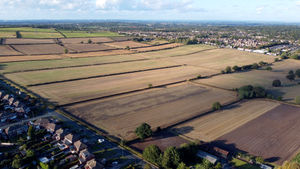
Sites under threat include The Triangle in Kingswinford, land off Doe Bank Lane in Pheasey, and Calderfields West next to Walsall Arboretum.
The Chilmark review examined hundreds of brownfield sites put forward for development to the region's local authorities.
It concluded that some existing employment sites could be prioritised for housing, creating extra capacity of up to 1,530 homes.
A total of 22 sites currently identified for employment were said to have a potential for residential development.
Eleven are in Walsall, including a plot on Croxstalls Close, Bloxwich; land at Eldon Street and a site on Addenbrooke Street, Darlaston.
In Wolverhampton, six sites are highlighted. They include land on Dixon Street in All Saints; a site on Racecourse Road and a plot on Horseley Fields.
The five sites identified in Sandwell include land on Crankhall Lane, Wednesbury, and Coneygree Road, Tipton.
It said: "We consider that some existing employment sites could, over the BCP plan period, make contributions to the delivery of housing as either residential or mixed use developments."
The report also said the "true housing capacity" of the region's 'strategic centres' – Brierley Hill, Walsall, West Bromwich and Wolverhampton – had not been reflected in the current version of the BCP
Using West Bromwich as a case study, the report claimed there was a potential for more than 1,000 homes across four sites: Queen's Square, Farley Centre, the Town Hall complex and the Eastern Gateway South.
The report said: "We consider opportunities associated with the repurposing of existing vacant and under-utilised commercial floorspace, especially retail, alongside the potential offered by alternative use of lower quality employment sites and a proactive approach towards mixed-use development could help to drive new capacity for residential uses across the strategic centres."
According to the report, more homes could also be built in the region's 17 'tier two' centres. They include Willenhall, where employment sites and "vacant and under-utilised" sites could see an extra 254 homes built.
"Low occupancy" car parks at Market Place, Wakes Ground Car Park and Wolverhampton Street were identified as having a potential for development.
In its final recommendations, the report urged council bosses to conduct a "full analysis" of of capacity for homes in town and city centres, as well as undertaking work to "further assess, evaluate and prioritise existing brownfield sites".
The report also examined barriers to brownfield development, including cost and ownership issues. It urged councils to establish a "long-term vision" for brownfield regeneration and to demonstrate a "more proactive" delivery approach.
This includes working in partnership with the private sector to unlock brownfield housing sites, the report says.
No additional brownfield sites were identified for development in the report, which did not look at green belt land allocations.
It has been submitted as evidence ahead of the next public consultation on the BCP.
The report was handed over to councils in March but its publication has not yet been signed off. All four authorities must agree before the findings are officially made public.



